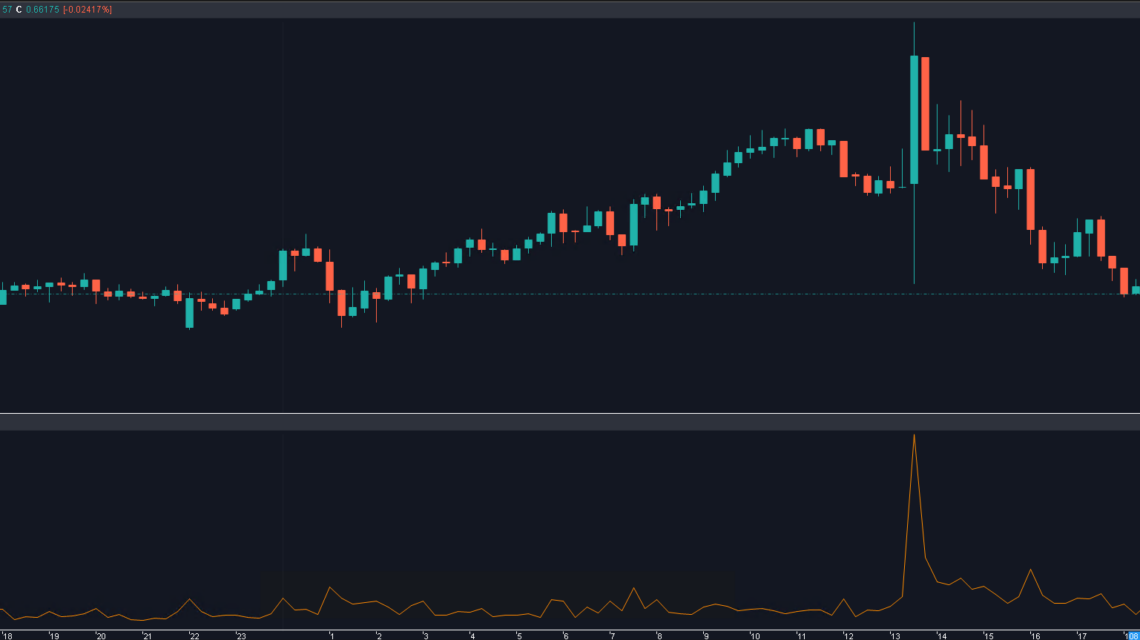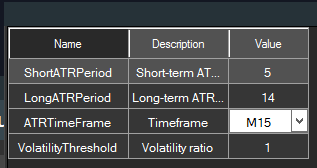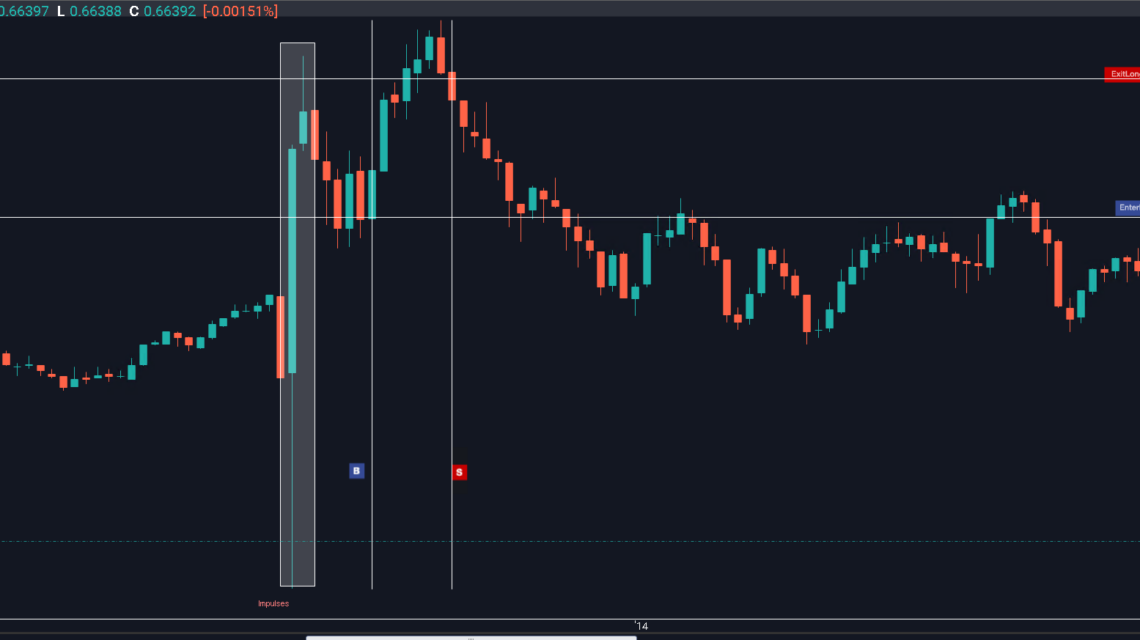إتقان الزخم: دليل تداول الاندفاع في سوق الفوركس 08/03/2024 – Posted in: Forex trading – Tags: forex impulse trading, impulse trading, sharptrader, trendpulse
السياق
- التعمق في بعض الخلفية
- تداول الاندفاع: النظرية والأساليب
- تداول الاندفاع في سوق الفوركس
- تداول الاندفاع مقابل المراجحة الكامنة: فهم الفروقات الرئيسية
- تداول الاندفاع
- مراجحة الكمون
- الفروقات الرئيسية
- الاستراتيجية الأساسية لتداول الاندفاع
- استخدام المؤشرات بفعالية لتداول الاندفاع: دليل شامل
- تحسين استراتيجية تداول الاندفاع لتقليل المخاطر
- تقديم TrendPulse: روبوت فوركس متقدم مدعوم بمنصة SharpTrader للمراجحة
يُعد تداول الاندفاع من أبسط وأكثر الطرق فعالية لتحقيق الأرباح في أسواق الأسهم وسوق الفوركس وغيرها من البورصات. يركز المتداولون الذين يحققون أرباحًا من الاندفاعات على الأدوات عالية النشاط التي تمتلك إمكانية حدوث تحركات كبيرة اعتمادًا على حجم التداول.
التعمق في بعض الخلفية
في عام 2006، كان لي الحظ في لقاء متداول قام بتطوير استراتيجية تعتمد على انعكاس مؤشرات RSI عبر أطر زمنية مختلفة. تمثلت جوهر الاستراتيجية في تحديد اندفاع السوق الناتج عن الانعكاس المتزامن للمؤشرات في الاتجاه نفسه. كان ينتظر أن ينعكس المؤشر في الإطار الزمني الأصغر قبل الأخير في الاتجاه المعاكس، بينما يبدأ المؤشر في الإطار الزمني الأخير والأصغر بالتحرك مرة أخرى نحو اتجاه الاندفاع. مثّلت هذه اللحظة نهاية التصحيح الفني بعد حركة اندفاع قوية، وكانت نقطة مثالية للدخول في الصفقة. لاحقًا، قمت بتطوير الاستراتيجية من خلال دمج تحليل طيف الإنتروبيا العظمى (MESA). أظهر نظام التداول لدينا نتائج واعدة، لكنه كان يعاني من عدة عيوب: إذ لم يكن قادرًا إلا على تحديد التحركات طويلة الأجل القائمة على اندفاعات قوية، مما استلزم استخدام “وقف خسارة واسع” يتم “تضييقه” لاحقًا، الأمر الذي زاد من مستوى المخاطر. بالإضافة إلى ذلك، لم يكن من الممكن الدخول إلى السوق مباشرة بعد ظهور الاندفاع، بل كان لا بد من انتظار تصحيح فني.
قبل بضعة أشهر، خطرت لنا فكرة جديدة: تحديد اندفاع السوق في سوق الفوركس بدقة والدخول في الصفقة تقريبًا فور ظهوره. وللبدء، دعونا نفهم ما يعنيه تداول الاندفاع.
تداول الاندفاع: النظرية والأساليب
لفهم أعمق، من الضروري التمييز بين مفهومين رئيسيين:
تداول الاندفاع يعني الدخول في الصفقات أثناء الحركات القوية والنشطة في السوق. يمكن الاحتفاظ بهذه الصفقات لبضع دقائق فقط أو طوال جلسة التداول بأكملها، اعتمادًا على قوة الاندفاع وإمكانية انعكاس الاتجاه.
السكالبينغ بالاندفاع هو استراتيجية تعتمد على التقييم المستمر للأدوات والأسواق الخارجية القادرة على توليد تحركات اندفاعية اتجاهية لأصل معين.
يسعى تداول الاندفاع إلى اقتناص التحركات السعرية السريعة والحادة التي تحركها الأخبار، وتحديثات القمم السنوية، وغيرها من الأحداث المهمة. ويكمن مفتاح هذا الأسلوب في انتظار اللحظة المناسبة والاستجابة بسرعة.
مخطط التداول بسيط نسبيًا، ولذلك يتفرع هذا النوع إلى عدد محدود من الاستراتيجيات. ويتمثل جوهره في ملاحظة المتداول لقفزة سعرية في أي أصل وفي أي اتجاه، ومحاولة إغلاق الصفقة في اتجاه الاتجاه بأسرع وقت ممكن.
يختلف الاندفاع عن الاتجاه التقليدي في كونه أكثر حدة وأقل استقرارًا. فغالبًا لا تصاحب هذه التحركات تصحيحات ملحوظة؛ إذ قد ينهار السوق فجأة أو يرتفع بشكل حاد. ومن السمات الأساسية للاندفاع ارتفاع حجم التداول، وهو أمر غير معتاد عادةً لذلك الأصل خلال الجلسة. هذا الارتفاع المفاجئ في النشاط يمكن أن يوفر فرصًا فريدة للمتداولين القادرين على تحديد هذه التحركات السريعة والتصرف حيالها.
كما هو الحال في أي سوق، لا يحدث شيء دون سبب. والاندفاعات ليست استثناءً، بل تنشأ نتيجة تلاقي ظروف ومقدمات معينة. دعونا نركز على الأسباب الرئيسية وراء التقلبات المفاجئة في السوق:
- أسباب أساسية — ناتجة عن صدور أخبار مهمة، بالإضافة إلى الكوارث غير المتوقعة (الزلازل، الأزمات السياسية، الحروب، وغيرها).
- أسباب فنية — مرتبطة بكسر مستويات سعرية قوية، واقتراب تواريخ انتهاء صلاحية الخيارات المختلفة، وانتهاء عقود العقود الآجلة الفصلية.
- أسباب نفسية — ترتبط جميع الاندفاعات تقريبًا برد الفعل النفسي للحشود. وبشكل أكثر تحديدًا، تُلاحظ زيادات حادة في حجم التداول عند الوصول إلى مستويات سعرية دائرية (مثل 100، 1000، 5000، إلخ)، وكذلك في مواقف أخرى مرتبطة بعلم النفس.
هذه القائمة ليست شاملة. ومن المهم إدراك أن أي اندفاع يرتبط دائمًا بظهور حجم تداول كبير، وليس فقط من قبل مشارك واحد في السوق. إذ تشارك العديد من الأفراد والمؤسسات (صناديق التحوط)، مما يؤدي إلى حالة من الذعر الحقيقي حيث يتم بيع أو شراء أصل ما بشكل حاد. ودائمًا ما يكون هناك سبب يقف وراء ذلك.
تداول الاندفاع في سوق الفوركس
يمتلك تداول الفوركس وفرة من مصادر البيانات، مما يجعل من الصعب تصفية المعلومات لتحديد ما سيؤثر فعليًا على الأسعار. وغالبًا ما يضطر المتداولون إلى الاعتماد على الرسوم البيانية فقط.
يظهر تأثير فروق الأسعار (السبريد) بشكل واضح في سوق العملات، حيث يقوم الوسطاء غالبًا بتحديد فروق واسعة نسبيًا. كما تلعب إعادة التسعير والانزلاق السعري دورًا مهمًا. وعلى الرغم من ادعاء العديد من شركات الوساطة استخدام تقنيات NDD (بدون مكتب تداول) وSTP (المعالجة المباشرة)، فإن هذه الحلول لا تعالج المشكلة بالكامل. فعلى سبيل المثال، قد تكون فروق الأسعار والانزلاق السعري غير مواتية للمتداول أثناء صدور الأخبار والاندفاعات القوية، وهو أمر طبيعي. وعلى النقيض من ذلك، يوفر سوق الأسهم عادةً تنفيذًا أدق للصفقات مع دفع عمولة فقط.
لا توجد أحجام تداول مرتفعة عند افتتاح السوق، نظرًا لأن سوق الفوركس يعمل على مدار 24 ساعة طوال أيام الأسبوع عبر جميع الجلسات العالمية.
وبالتالي، يتميز سوق الفوركس بخصوصية في تداول الاندفاع، إلا أن تحقيق الأرباح فيه ممكن تمامًا مع توفر الخبرة المناسبة. وقد قدمت بداية هذا المقال أمثلة مناسبة على صفقات العملات والاندفاعات. ومن الجدير إعادة التأكيد على أن الأحداث الإخبارية الكبرى هي المصدر الرئيسي لمثل هذه التقلبات في سوق الفوركس.
 English
English Deutsch
Deutsch 日本語
日本語 한국어
한국어 Español
Español Português
Português Indonesia
Indonesia Tiếng Việt
Tiếng Việt 中文
中文




